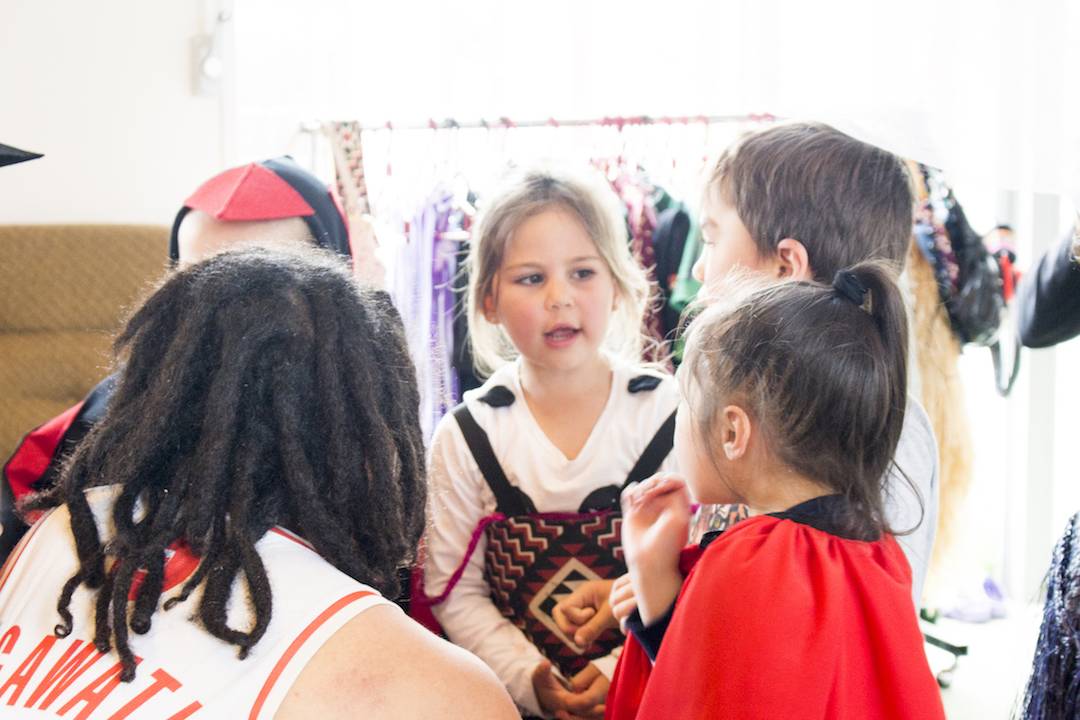
"Gifted children have no greater obligation than any other children to be future leaders or world class geniuses. They should just be given a chance to be themselves, children who might like to classify their collections of baseball cards by the middle initials of the players, or who might like to spend endless afternoon hours in dreamy reading of novels, and to have an education that appreciates and serves these behaviors."

The human capacity for learning, especially for young gifted children, often relies on discovery, inquiry and relationships. Children participate in varied learning experiences, and learning occurs through the interaction with others as well as the environment.
Key policies and guidelines that shape Aotearoa New Zealand teachers’ practices and the experiences of children and their families include the national early childhood education curriculum, and supporting documents about assessment. Te Whāriki He Whāriki Mātauranga mō ngā Mokopuna o Aotearoa: New Zealand Early Childhood Curriculum Ministry of Education, 2017 is grounded in sociocultural understandings of learning.
The modes of expression for young gifted children are multifarious and intensely nuanced. The gifted young child may demonstrate learning dispositions and generate working theories in a more focused and passionate way than others. Yet it is important to consider the variation in expression of gifted young children, and respect the tradition of contemporary early childhood researchers who problematise generalising theories. While some gifted children may appear to gain skills and knowledge at a faster rate than other children, some may need alternate forms of expression to communicate their abilities. Acknowledging and building on their individual learning interests, strengths and needs is a fundamental principle that underpins Gagné’s DMGT model and Te Whāriki.
In the early years, consideration of the characteristics of young gifted learners can be reconceived in light of the dispositional learning framework. These characteristics will be based upon a combination of the values and the definition of giftedness constructed by the families and whānau within this particular learning community. Additionally, in the early years dispositions are valued within Te Whāriki, such as:
These key dispositions of children will be observed by using learning stories, where children’s learning is represented and analysed through a snapshot of their learning experiences. Tracing common themes across learning stories, and giving a clearer picture of children’s full capabilities will aid teachers of gifted children to map out potential learning trajectories and how to support them.
"Teachers will build on and extend a child’s learning experiences in a way that is responsive to the child’s strengths and interests. Kei Tua o te Pae/Assessment for Learning: Early Childhood Exemplars (Ministry of Education, 2004 and 2007) will guide them in strengthening the child’s learning." (Nurturing gifted and talented children – A parent-teacher partnership p.23)

Mark Smith
Valerie Margrain and Caterina Murphy
Ministry of Education
Tasmanian Government